Ms. Hoang Thi Thu Thuy - Vice Chairman of the People's Committee of Gio Viet Commune, Gio Linh District, Quang Tri Province - calmly explained when I asked why there was a strange story of "carrying fish to find sunshine" as the locals often call it.
She said calmly: "Yes, it's not just about carrying fish to find the sun. People here also carry the sun and rain to bring the anchovies to foreign countries."
Need the sun and fear the sun
In early March, the gloomy sky overshadowed the sunshine at the Quang Tri estuary. This weather made fish steamers and dryers in Gio Viet commune restless.
They worry about the lack of sunlight. Meanwhile, the finger-sized fish after being steamed needs to be dried in the sun for 2 days to meet the standards for packaging and export.
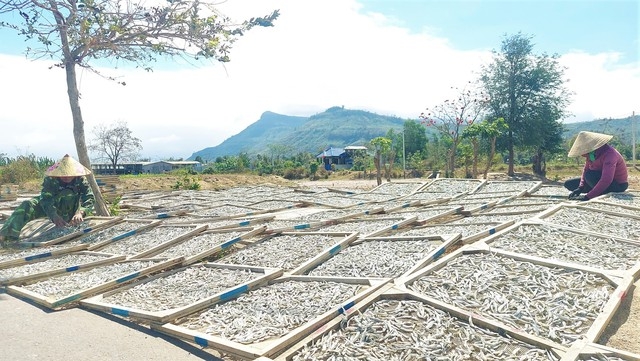
Gio Viet people bring anchovies to Lao Bao to dry in the sun.
This season, the weather at the Quang Tri estuary is like that, but at the Lao Bao border area, Huong Hoa district, the sun still reigns. Therefore, many drying kiln owners choose this border area as their destination to dry fish.
In Gio Viet, if the wife takes care of the steaming and drying of fish, the husband goes out to sea, mainly to the fishing grounds around Con Co Island, to catch anchovies. They are responsible from the beginning until the product is released to the market.
For many years, whenever the season of steaming and drying anchovies comes and people feel the lack of sunshine, they immediately think of Lao Bao. This is a place influenced by the climate of Laos, so there are more sunny days in the year than the plains.
"Every time we hear that Gio Viet commune is about to have 40% or more rain, we set out," said Tran Thi Tuyen, owner of a fish drying kiln in Gio Viet commune. According to her, the fish transfer usually starts at midnight.
In the dark, convoys of trucks from Gio Viet commune follow each other up the mountain to Lao Bao area. Each truck is loaded with several tons of anchovies. 2-4 workers follow the truck to take charge of loading, unloading, and drying the fish. Many kiln owners also pack up and go with the group of workers to oversee the work.
Ms. Hoang Thi Nhi, a resident of Gio Viet commune, said that her family has been involved in the fish drying business for nearly 12 years. Up to now, she cannot remember how many times she has taken the fish out to find the sun like that. According to her, if the sun is not found to dry the fish, it will easily spoil.
The whole batch of fish can be thrown away if not preserved properly. Although the owners know that the cost will be high, they have to accept it.
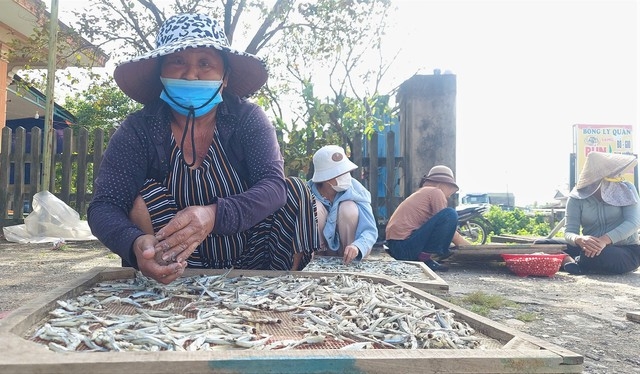
The fish drying profession in Gio Viet commune, Gio Linh district, Quang Tri province creates jobs for many local women.
The day I met her in Lao Bao, Nhi hired a truck to bring 2 tons of anchovies here to dry, leaving at 11pm. The truck arrived in Lao Bao at 1am. Staying awake on the truck until dawn, she and the workers laid out the fish trays to dry along the deserted road.
When the mist gradually dissipates on the saddle-shaped mountain top, the sun begins to cast a golden glow over the border region. From the owner to the worker, the worry of "lack of sunlight" that weighs heavily on their hearts is lifted.
"The job of steaming and drying anchovies requires sunlight but is also afraid of sunlight. If not careful, if left in the sun for too long, the anchovies will shrivel and lose weight.
Therefore, the person drying the fish must be on duty, turning it over continuously, and when the fish reaches the required temperature, the trays must be closed immediately. Many times, they work without stopping, and the meal is ruined because of that" - while quickly turning the fish over, Ms. Nhi confided.
According to Nhi, usually the fish-dryers will return home the same day, but sometimes they have to stay overnight because the weather is not sunny. On days like that, the costs increase and the workers do not make much profit.
Maintain 25 years
Gio Viet is located along Highway 9. During this season, groups of people gather around the drying kilns on both sides of the road to break the fish heads, dry the fish, or watch the fire to steam them. These steps are mostly performed by middle-aged women.
Mrs. Tran Thi Hoan (residing in Xuan Ngoc village, Gio Viet commune) is one of them. Every day, she accepts to break the heads of anchovies for kiln owners at the price of 2,500 VND/tray, earning about 200,000 VND from this seasonal job.

Select finished anchovies for packaging and export to the market.
"Having a part-time job like this in old age is both fun and provides income. In Gio Viet, many people have part-time jobs like me" - Ms. Hoan said.
In Gio Viet commune, at its peak, there were up to 81 kilns for drying anchovies and mackerel. The anchovy season is from December to March of the lunar calendar, and the mackerel season is from April to August every year. Each year, Gio Viet supplies the market (mainly for export to China) with about 10,000 tons of finished fish.
Currently, 1 kg of fresh anchovy costs about 12,000 VND, and after processing, traders buy it for 55,000 VND. Every 3 kg of fresh fish after steaming and drying will yield about 1 kg of dried fish.
To date, for many reasons, Gio Viet only has 25 fish drying kilns operating with 3 large agents purchasing and consuming products. One of the reasons for the gradual decrease in fish drying kilns is because seafood is increasingly depleted, output depends on the market and especially on the lack of labor.
Mr. Le Anh Hung, Chairman of Gio Viet Commune People's Committee, said that the fish drying profession in the area was formed about 25 years ago. Previously, people learned this profession from fishermen in the southern provinces and have maintained it until now.
"In fact, this profession provides a good income and creates jobs for hundreds of local workers. On average, each kiln creates jobs for 10-15 workers, with an income of 200,000 - 300,000 VND/day/person" - Mr. Hung informed.
The fish drying profession in Gio Viet not only depends on the weather but also on the catch after each trip to the sea. Although the products are made, the people cannot decide the price, but must depend on the traders to buy them. Therefore, many fish drying kiln owners often jokingly say that "making a fish, the soul hangs everywhere".
Every dish "eats rice"
Talking with Ms. Hoang Thi Thu Thuy, I think that the fish is caught in Con Co, the people work hard to steam and dry it under the sun and wind of the sea and the border, so it has a lot of aftertaste when enjoyed. Therefore, it is necessary to build the brand of fish into a typical and unique local specialty.
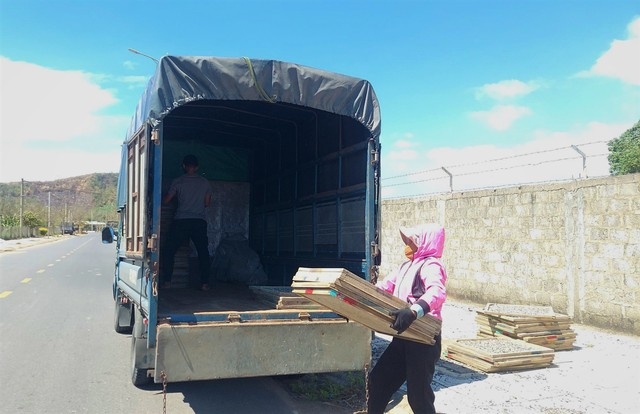
People collect trays of anchovies and put them on a truck after drying them in the sun for 2 days in Lao Bao.
Ms. Thuy nodded, admitting that just holding the fish after bathing in the sun and wind on the journey "Con Co - estuary - border" in her hand, she could feel that taste. When this product has been built into a specialty, visitors coming here will have a meaningful gift to bring back to give to relatives and friends. Fish after being dried in the sun for 2 days can be processed into many dishes such as fried, sweet stewed with pork belly, sour soup...., all dishes "eat rice".
"The locality is orienting the production and processing of Duoi fish to meet OCOP standards (One Commune One Product Program). This will enrich the typical products of the locality" - Vice Chairman of Gio Viet Commune People's Committee expected.
The fish of love
Mr. Le Anh Hung recalled that during the COVID-19 pandemic, many Gio Viet people personally packed dried anchovies and brought them to the local government to send to the southern provinces and cities to support those in need. Some people sent up to 10 kg.
"According to statistics, more than 5 tons of anchovies were sent to the South at that time. That was the heart of Gio Viet people to share some of the difficulties with the people in the South during the pandemic" - Mr. Hung commented.
Source


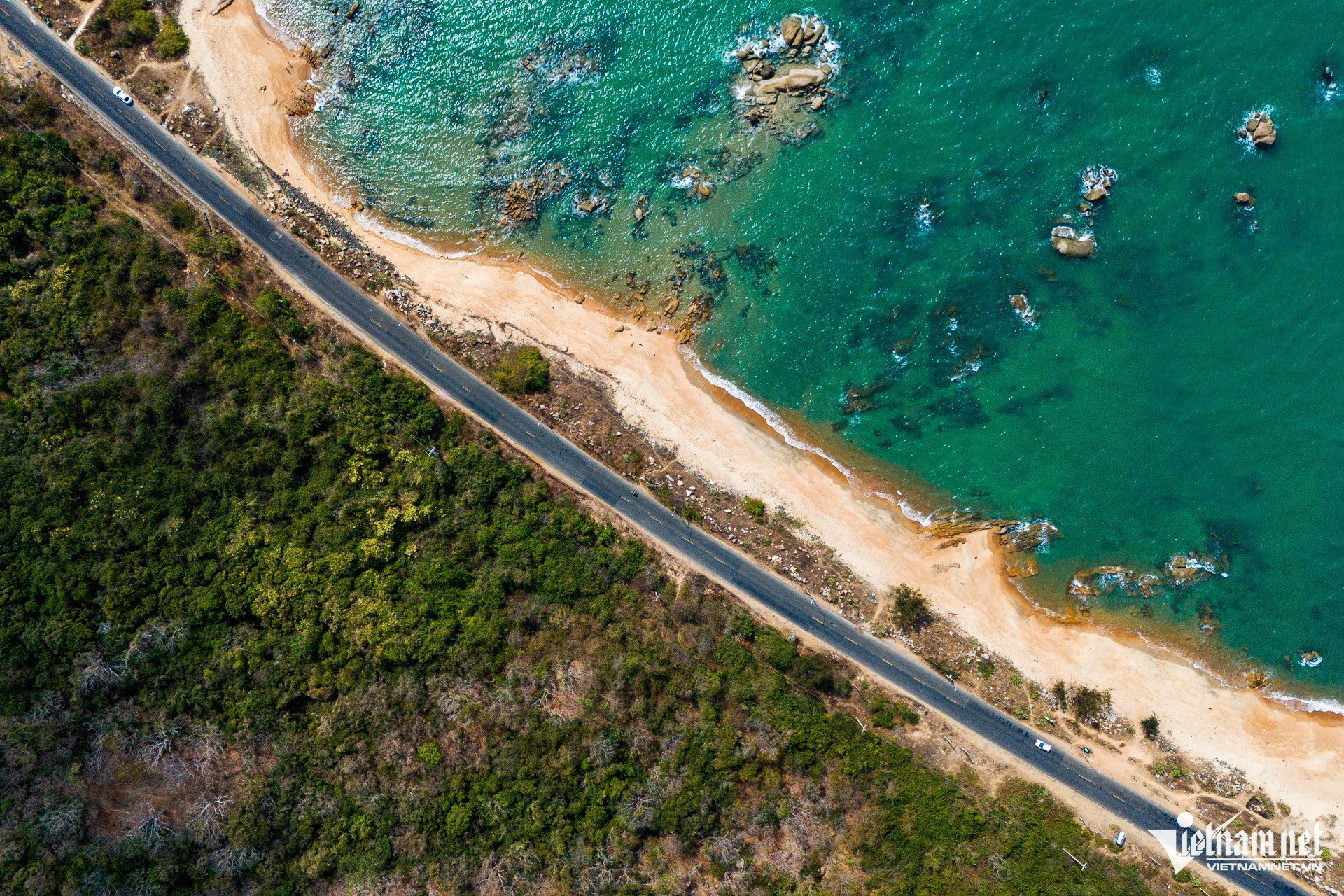



![[Photo] Third meeting of the Organizing Subcommittee serving the 14th National Party Congress](https://vstatic.vietnam.vn/vietnam/resource/IMAGE/2025/4/2/3f342a185e714df58aad8c0fc08e4af2)
![[Photo] Relatives of victims of the earthquake in Myanmar were moved and grateful to the rescue team of the Vietnamese Ministry of National Defense.](https://vstatic.vietnam.vn/vietnam/resource/IMAGE/2025/4/2/aa6a37e9b59543dfb0ddc7f44162a7a7)




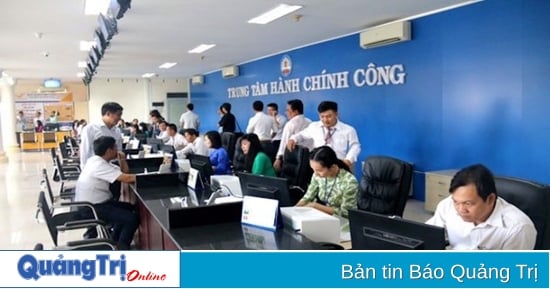
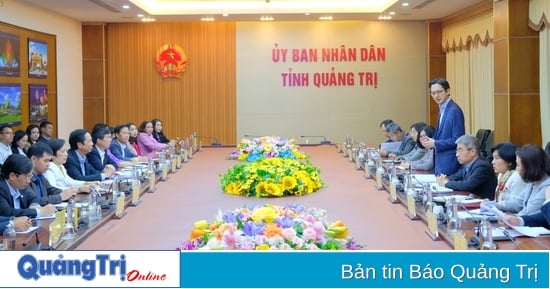

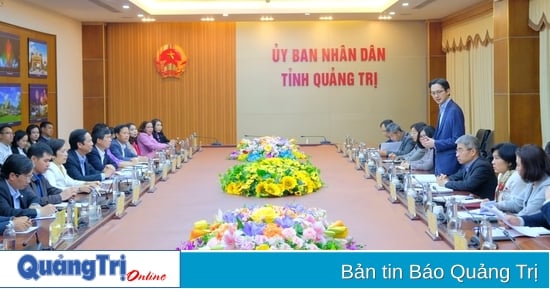
![[Photo] Unique folk culture at Binh Da Festival](https://vstatic.vietnam.vn/vietnam/resource/IMAGE/2025/4/2/b73c9957948d4b00836273633a864a48)
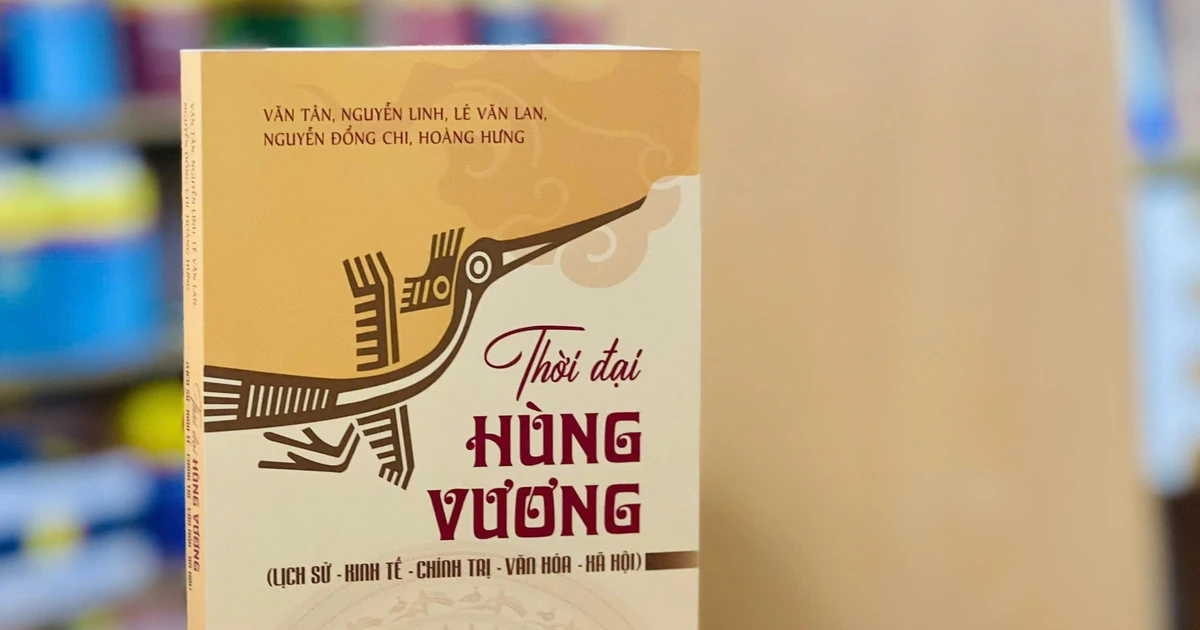
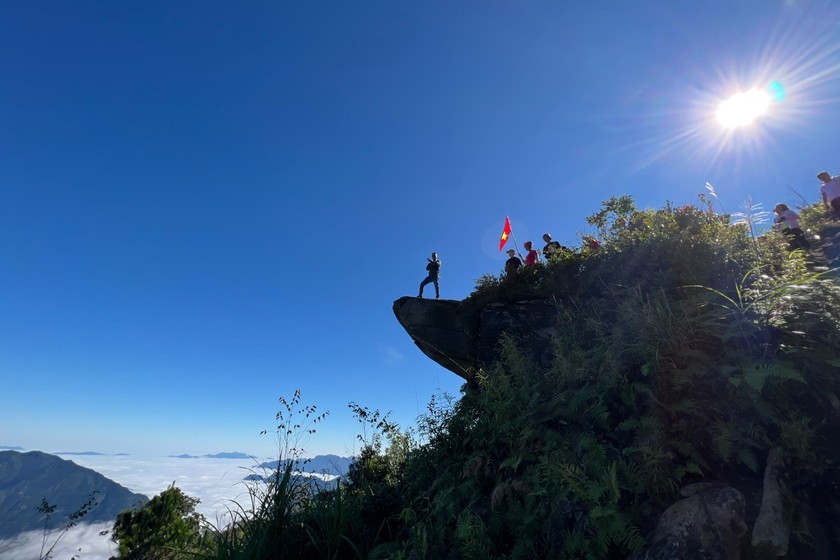
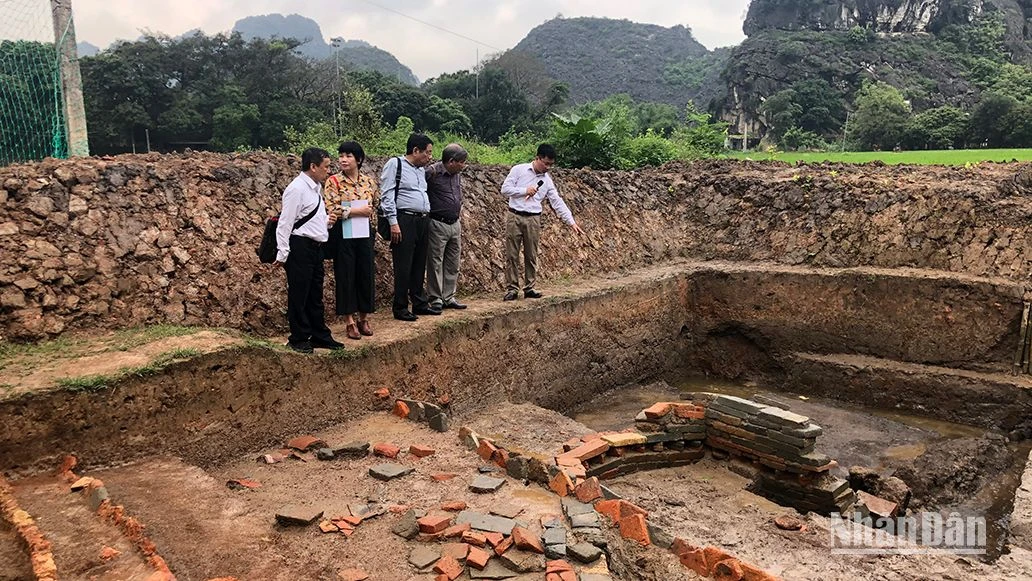
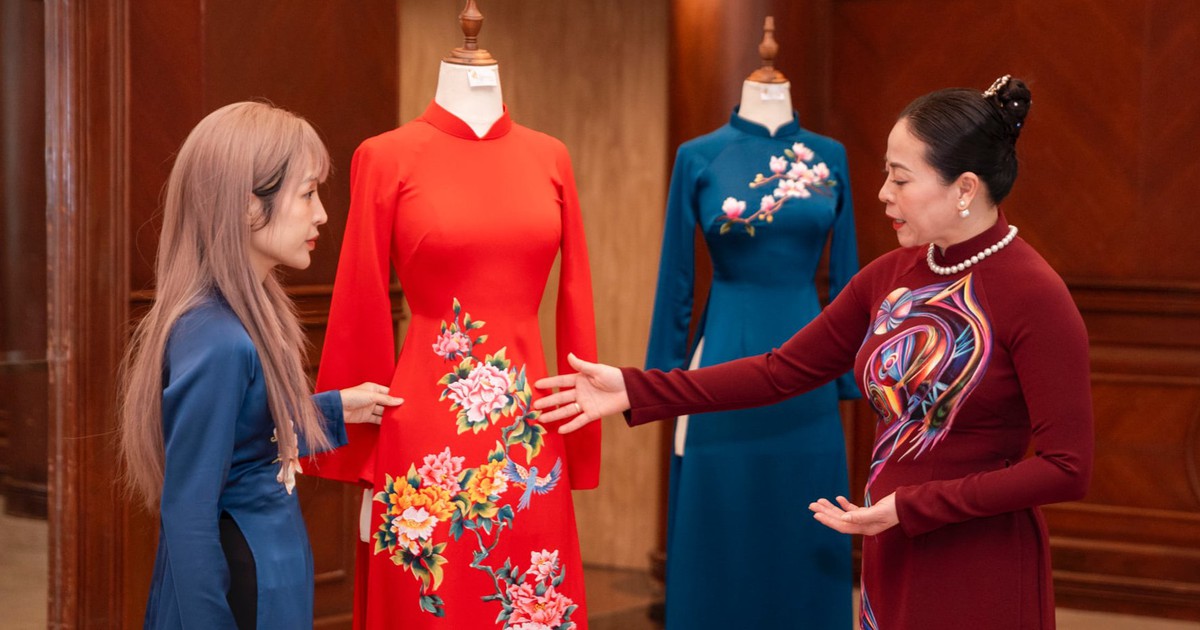
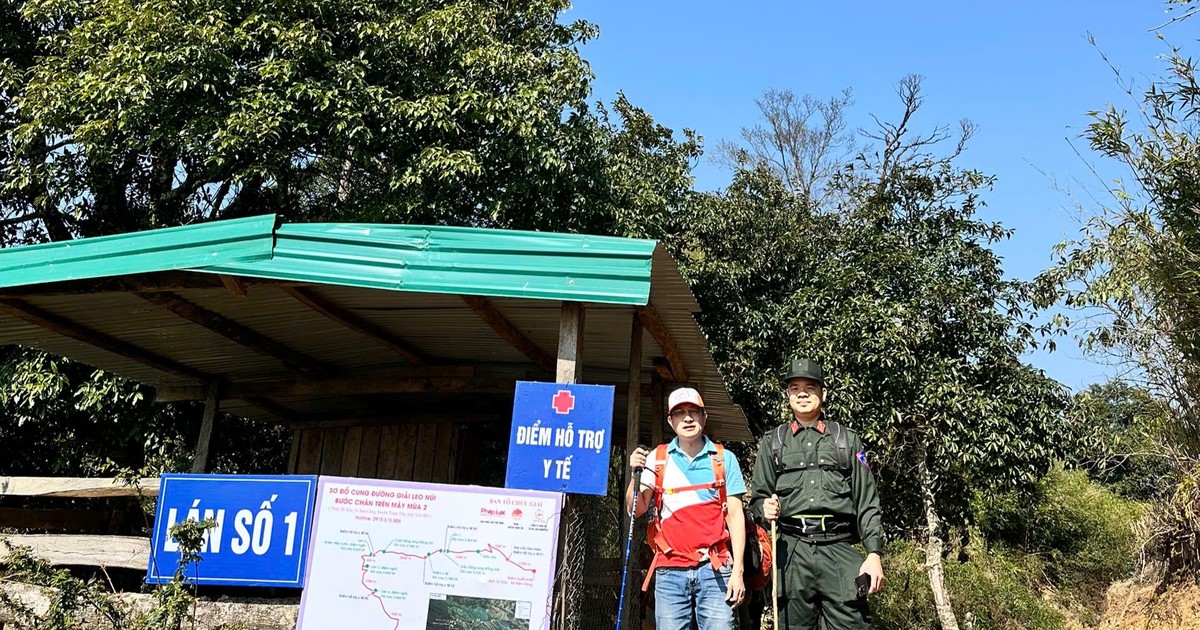





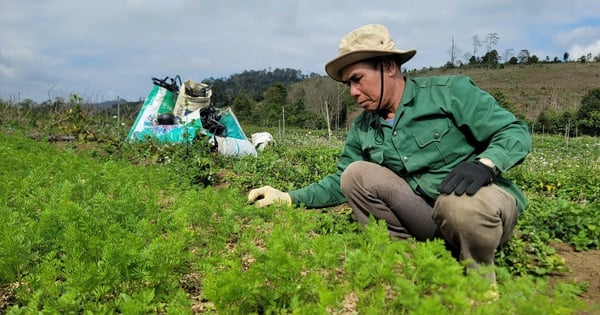
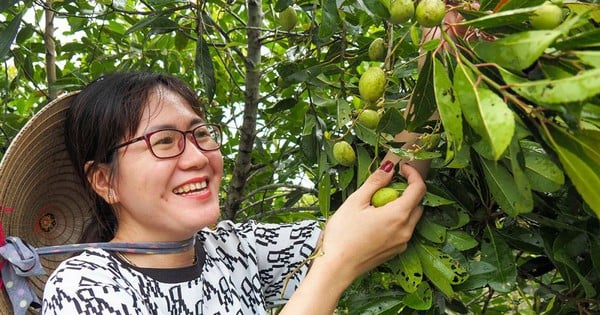
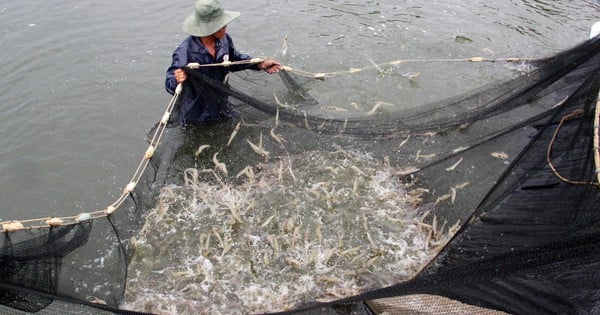
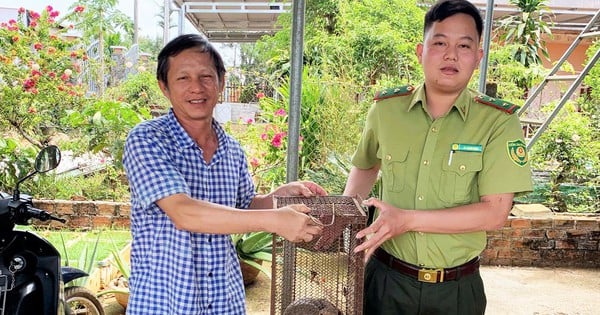





































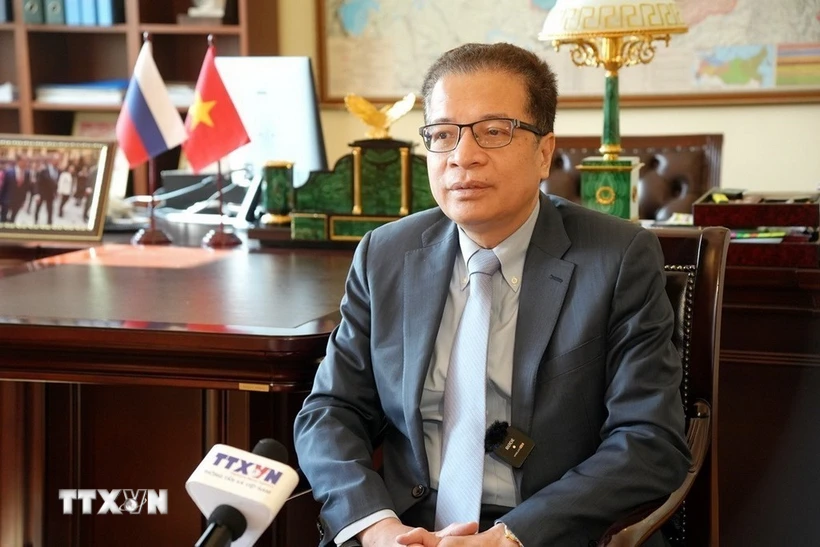

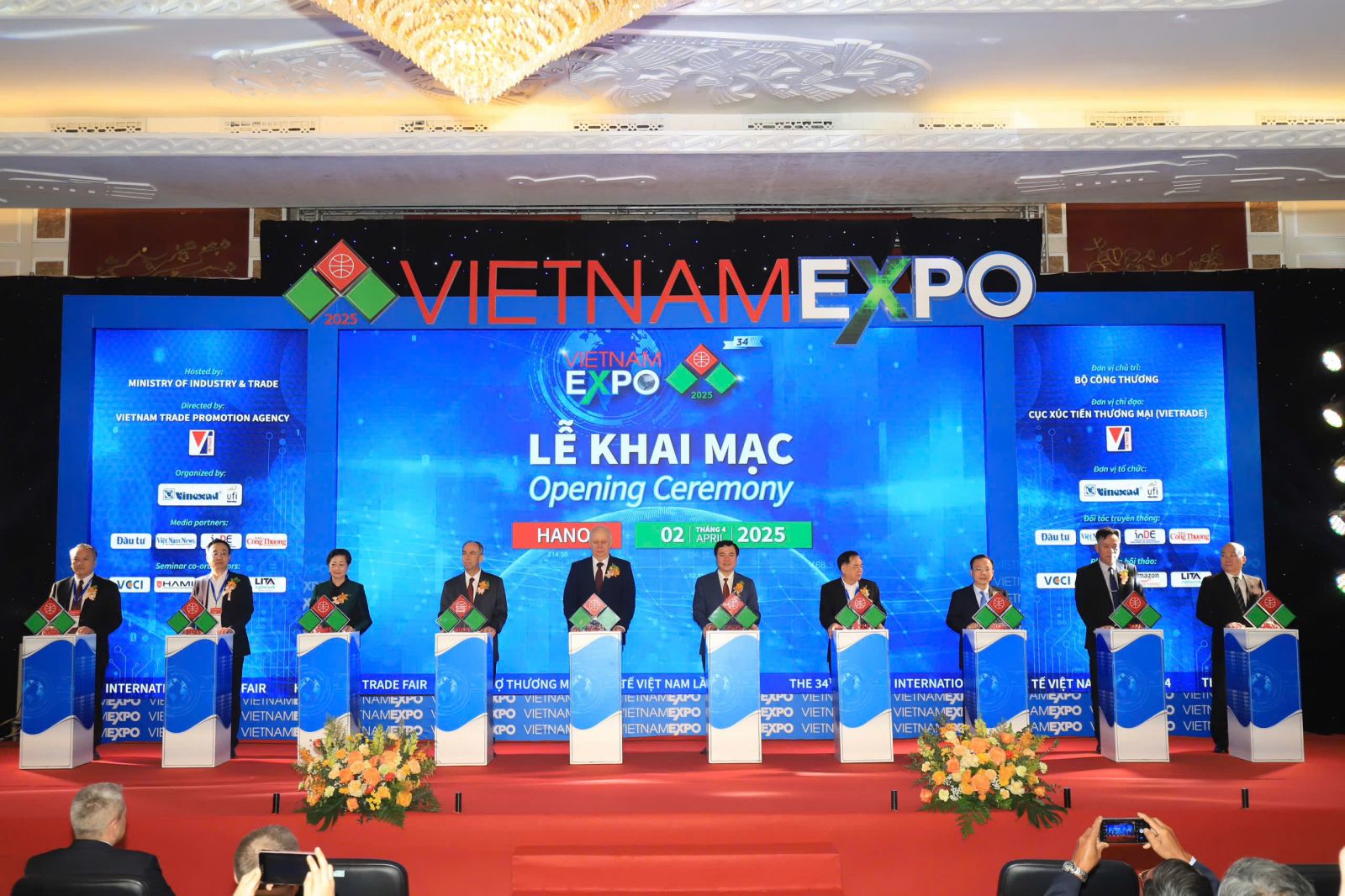

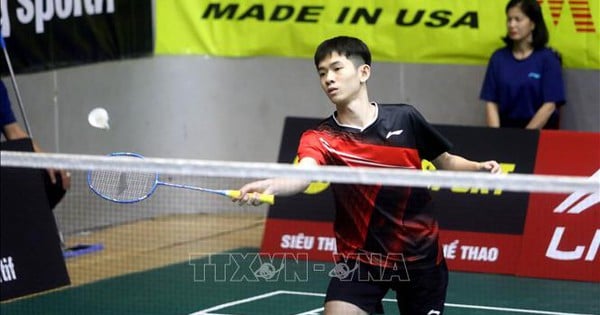


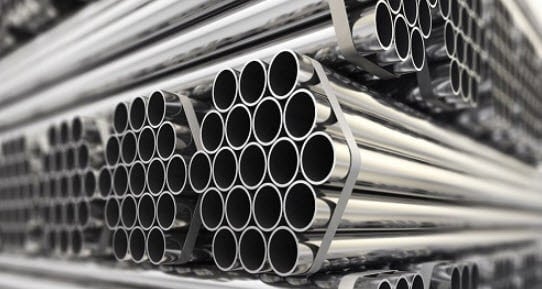


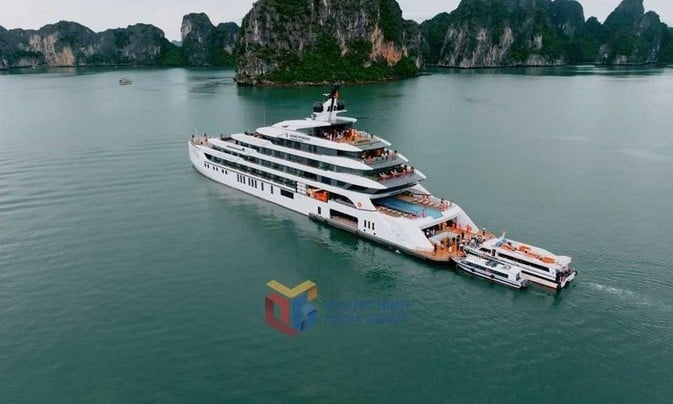
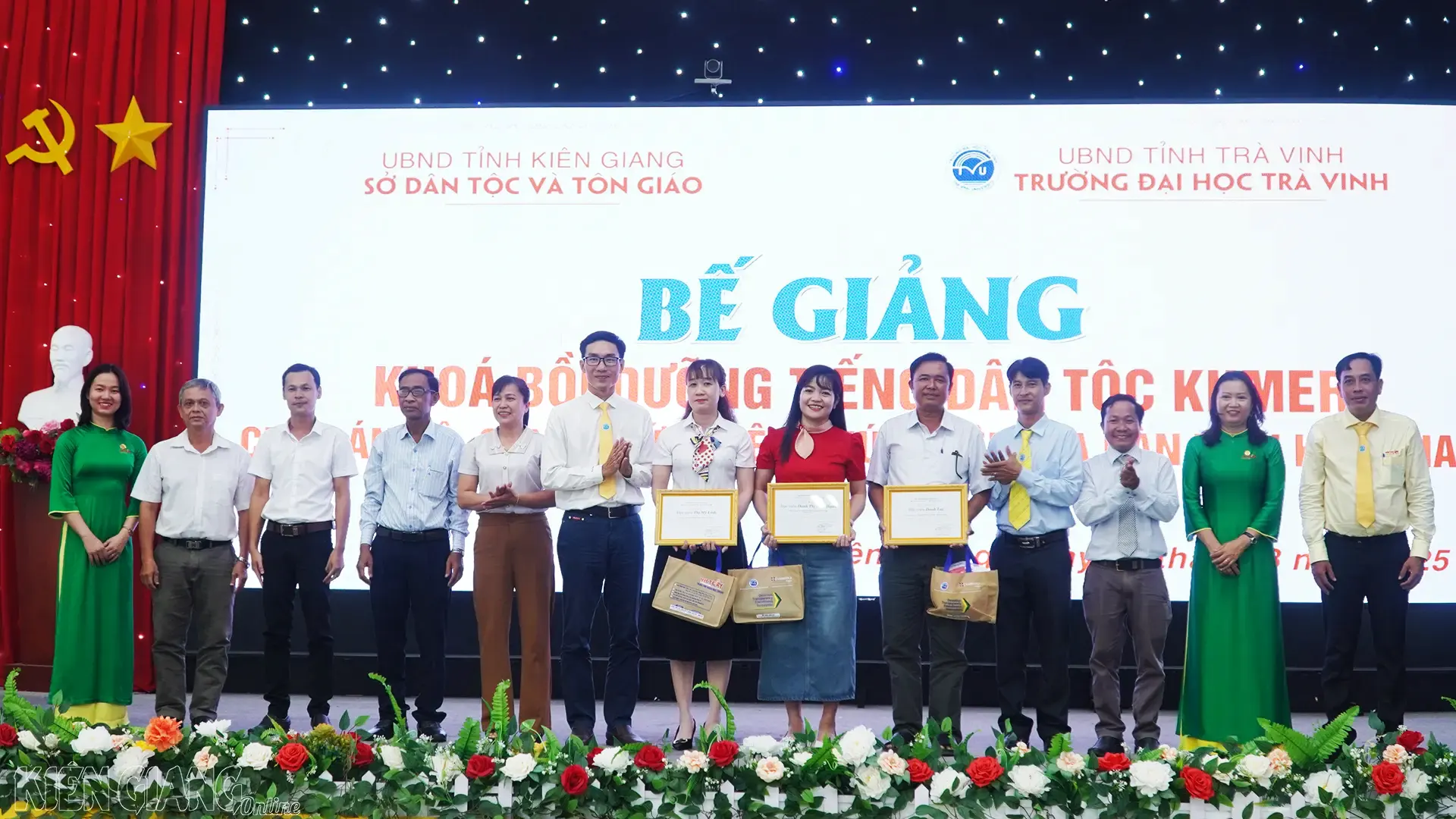





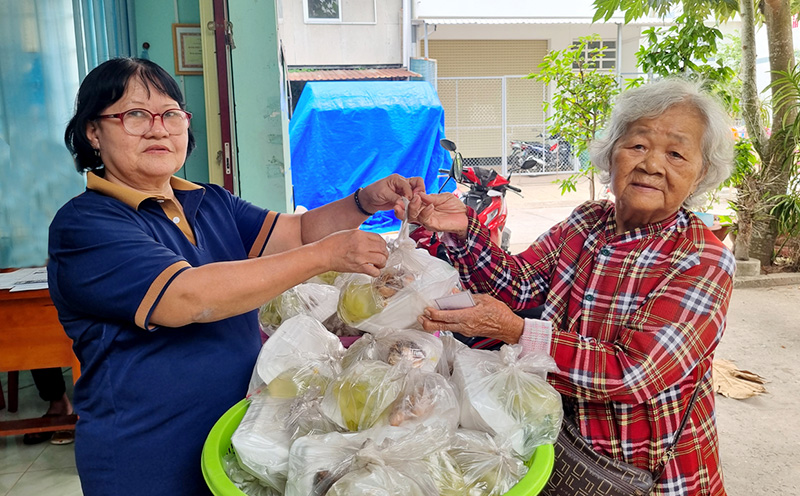











Comment (0)